Proton needed Geely as a partner to be competitive – 2 homegrown models developed locally within five years
Proton’s revival plan has been rather positive thus far, with increasing sales and the launch of new products like the X70 that have helped in that regard, with more to come. This revolution first began when the national carmaker formed a joint venture with Geely back in June 2017, but the process to reinvigorate the brand isn’t as straightforward as some might make it out to be.
This was explained in an episode of Agenda Awani that aired recently, where Proton CEO Li Chunrong and deputy CEO of Proton Datuk Radzaif Mohamed talked about the initiatives that were taken to bring revive the brand to where it is today.
The interview starts out by discussing the relevance of joint ventures in the automotive industry, with Li sharing his experience other companies previously. “In China, in 1957, China started to make commercial vehicles. About 1997, Geely started to make passenger vehicles. So, Chinese automakers were really late. However, after China entered WTO, every OEM and international player came to China, so competition is very serious and the market is also larger,” he said.
“Because of these two reasons, Chinese automakers improved a lot. Not only for commercial vehicles but also passenger vehicles, we learn a lot from joint ventures and China can develop [its own] passenger cars,” he continued.
Li also explained the knock-on effects of collaborations by saying, “at the beginning, in terms of passenger cars, because of JVs, Chinese OEMs produced components for the JV companies. For these vendors, they learned a lot. At the same time, Chinese automakers can ask international designers on things like styling, so not only technology but design. Chinese OEMs learned from other OEMs [that way].”
The interview then touched upon the impact that Geely and Li have brought to Proton after three years, and why their arrival was a necessary one for the company, according to Radzaif “I take you back to the years when Proton was first established. I think the main reason why Proton was supposed to lead the industrialisation of Malaysia through the automotive industry was to build up the competency of the Malaysian people and at the same time, to be able to market internationally,” he said.
“As we moved forward into the year 2015/2016, we recognize the fact that we couldn’t do it alone. And for me, having Geely as our strategic partner is a realisation that this is something that we need to do to remain as a brand that is competitive and to bring our automotive industry to the next level in Malaysia. It was not something that we didn’t realise. We already know that for us to move forward, we needed to have new technology, which we could not find in Malaysia on our own,” he added.
From there, the conversation led into the new way that Proton develops its products, with the X70 representing a significant leap forward from previous offerings. Radzaif said this was necessary for the automaker, to keep up with the trends and the needs of the market. “Where we lacked in the past, because of that, we were left behind. We did not meet the requirements, we did not focus on the quality requirements of the market, what the consumers want and certain things that were ‘famous with Proton’.”


“But these are the sort of things that the market wants, and consumers are getting more sophisticated, and if they can find it with with other brands or makes, then they will move towards that brand,” Radzaif said. Citing the X70, he said it was “a leap from where Proton was, and this is one of the reasons why we said we need to look for a foreign partner,” he added.
On set goals, Li restated his ambition of wanting Proton to be the number one automotive company in Malaysia as well as number three in ASEAN by 2027, but believes that technology and products are not the only drivers to achieve these targets. “We shouldn’t depend on technology. Behind the technology, behind the product, is people. Behind the people, is culture. We spent three years to improve our product, improve our people and improve our culture,” he said.
Since the signing of the joint venture, Proton has indeed worked hard to revamp its supply and dealer network to instill confidence in customers that purchase their products. However, improving these supporting elements has not been easy.
“When I visit our dealers, I found out about 70% of our dealers only focus on sales, they forget aftersales. Why? Actually, aftersales profitability is high but they don’t want to do it and that means no confidence for our branding,” said Li.
“When we planned to launch the X70, we know this is a very good product. We want our customers to have a good experience. This is why we asked our dealers to set up 3S or 4S, then our customers can have a good service and at that moment, 95% of dealers disagreed. Two years later, about 90%, they like it because they can make money,” he added.
Radzaif also chimed in on the matter, saying, “where I came from, before Li, I think everyone realised the difficulty that Proton was facing and this was our chance to turn around. Rightly, as what Li said, the key to this is to make sure the customer is happy with what we’re trying to sell. Of course, the products that we make and sell represent the mass market but more important than that, we ensure that when we sell, the cars are trouble free.”
“When there are issues with the car, we are able to recover and take appropriate measures quickly. That was not the case in the past, but Li and us, we somehow had to talk to the dealers, we had to do the same with our vendors as well. Every one of the stakeholders within Proton represents the Proton brand, and if anyone of them could not deliver as to what we expect, the brand suffers,” he explained further.
Focusing on the company’s sales performance, Li was asked if he was worried about hitting the sales target set for 2020 amidst the current Covid-19 pandemic. “By the end of August, in terms of cumulative numbers, we are positive. So, we believe this year, we can achieve good performance in terms of registrations. But for profit, we may have a problem because we stopped production for two months and also, we didn’t cut off our staff salary,” he replied.
The imminent arrival of Proton’s next SUV, which many know as the X50, is something that Li believes will contribute to the company’s sales volume, but he didn’t reveal too much about the compact SUV, which is set to be previewed today. “For X70, it is Level 1 in terms of autonomous driving. This car is Level 2. I believe this is the most advanced in Malaysia until today,” he stated.
“I think you can see the excitement in the market, isn’t it? People talking about the new model and we are, of course, excited too that we feel like this model will help us bring our performance to the next level,” added Radzaif.
Radzaif was also asked what guarantee that Proton can provide to Malaysians moving forward, beyond just the improved business performance, to which he replied, “I think this new purpose that we have, in that we believe that we can better than what we used to be, provided we focus on the right areas.”
“For example, technology, on consistency in terms of quality, and of course, very importantly, listening to what the market wants, and to change according to the trends in the market. I think if we can provide those three things, we’re on our way to make sure that Proton will be something relevant in the future and a brand that Malaysians can be proud of,” he continued.
Shifting the attention to Proton’s 10-year plan until 2027, Li repeated the company’s targets and the requirements needed to achieve it. “I think before 2027, Proton will be number one in Malaysia and also will be number three in ASEAN market. This is a key KPI,” he said.
“I want to say if we want to be number one, our sales must be number one, our product must be number one, our people must be number one, our corporate culture must be number one. So, this is what we want to achieve. We are not only businessmen, we want to upgrade our Proton people, our staff,” Li added.
He also touched upon future Proton models that will be built from the ground-up when asked, saying, “I want to tell you, we are now discussing that we will [launch new models] developed by Proton people – by ourselves. We will develop not only one model, but two models together. Definitely within five years.”
The post Proton needed Geely as a partner to be competitive – 2 homegrown models developed locally within five years appeared first on Paul Tan's Automotive News.
from Paul Tan's Automotive News
Read The Rest:paultan...

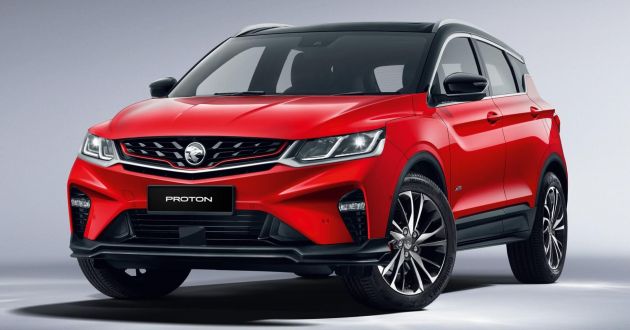
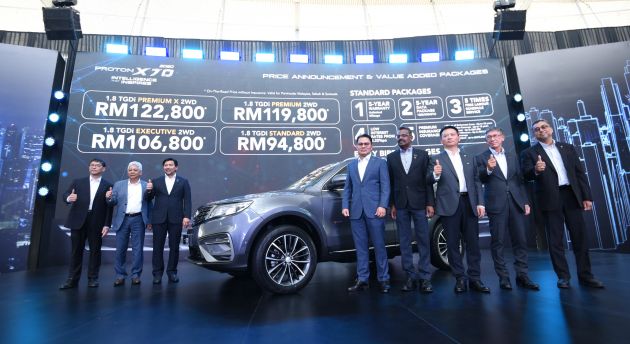
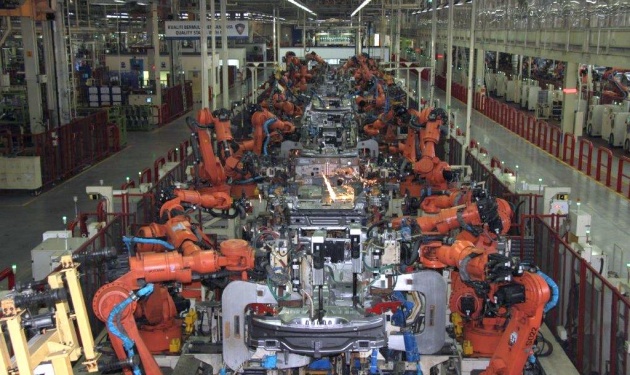
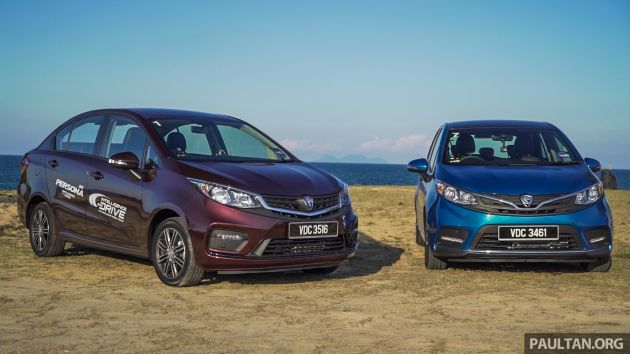
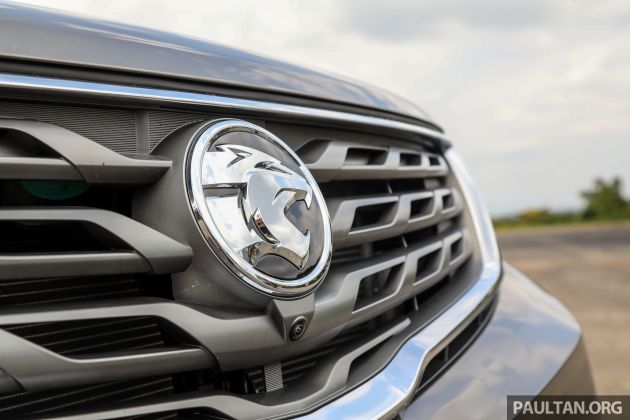

Post a Comment